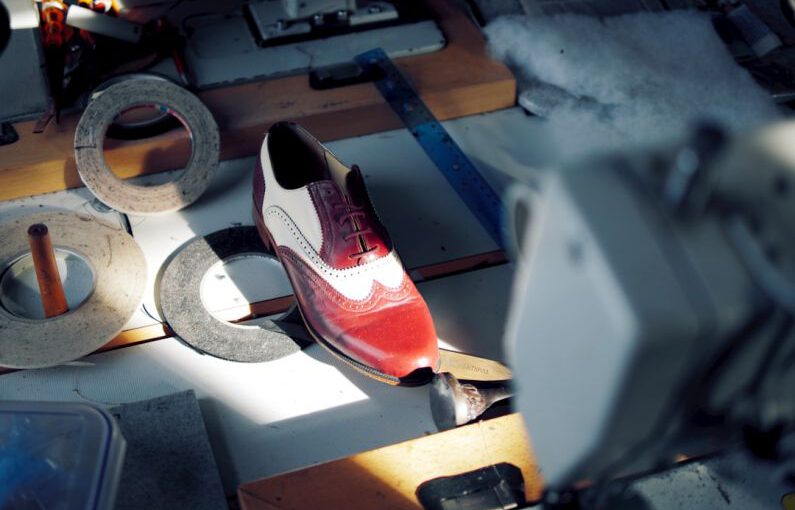In the realm of footwear, the transition from handmade to mass-produced shoes marks a significant shift in the way shoes are manufactured and consumed. This evolution has had a profound impact on the industry, influencing not only the production process but also consumer behavior and the overall perception of shoes as both a functional item and a fashion statement.
Craftsmanship vs Efficiency
Handmade shoes have a long-standing tradition rooted in craftsmanship and meticulous attention to detail. Artisans would spend hours shaping leather, stitching seams, and hand-finishing each pair of shoes to perfection. This personalized touch resulted in unique and high-quality footwear that often came with a hefty price tag due to the labor-intensive process involved.
On the other hand, mass-produced shoes are created using automated machinery and assembly lines, emphasizing efficiency and speed in production. This shift in manufacturing techniques has allowed for shoes to be produced in large quantities at a fraction of the time and cost compared to handmade shoes. While this has made shoes more affordable and accessible to a wider audience, it has also raised questions about the quality and durability of mass-produced footwear.
The Rise of Fast Fashion
The rise of fast fashion in the retail industry has further accelerated the transition from handmade to mass-produced shoes. Fast fashion brands capitalize on quick turnovers of trendy designs at affordable prices, driving demand for rapidly produced shoes that align with the latest fashion trends. This constant need for new styles and the pressure to keep up with changing consumer preferences have pushed manufacturers towards mass production to meet the demand for fast, disposable fashion.
Environmental Impact
The shift towards mass-produced shoes has also raised concerns about the environmental impact of the footwear industry. Mass production often involves the use of synthetic materials, chemicals, and high levels of energy consumption, contributing to pollution and waste. Additionally, the fast fashion model encourages consumers to buy more shoes more frequently, leading to a cycle of overconsumption and disposal that further strains the environment.
However, there is a growing awareness and demand for sustainable and ethically produced footwear that is challenging the dominance of mass-produced shoes in the market. Consumers are increasingly seeking out brands that prioritize eco-friendly materials, ethical labor practices, and transparent supply chains. This shift towards sustainability is prompting both manufacturers and retailers to rethink their production methods and offer more environmentally conscious options to meet the evolving needs of consumers.
The Future of Footwear
As the footwear industry continues to evolve, the future of shoes lies in finding a balance between tradition and innovation, craftsmanship and efficiency, quality and quantity. While mass-produced shoes offer affordability and accessibility, handmade shoes provide a level of artistry and individuality that cannot be replicated by machines.
Manufacturers are exploring new technologies and sustainable practices to bridge the gap between handmade and mass-produced shoes, creating hybrid models that combine the best of both worlds. From 3D printing to recycled materials, the possibilities for reinventing the way shoes are made are endless.
In conclusion, the transition from handmade to mass-produced shoes reflects a larger shift in consumer preferences, industry practices, and societal values. While the convenience and affordability of mass-produced shoes continue to dominate the market, there is a growing demand for sustainable, ethically made footwear that respects both people and the planet. The future of footwear lies in embracing innovation while honoring the craft of shoemaking, offering consumers a diverse range of choices that cater to their individual needs and values.





